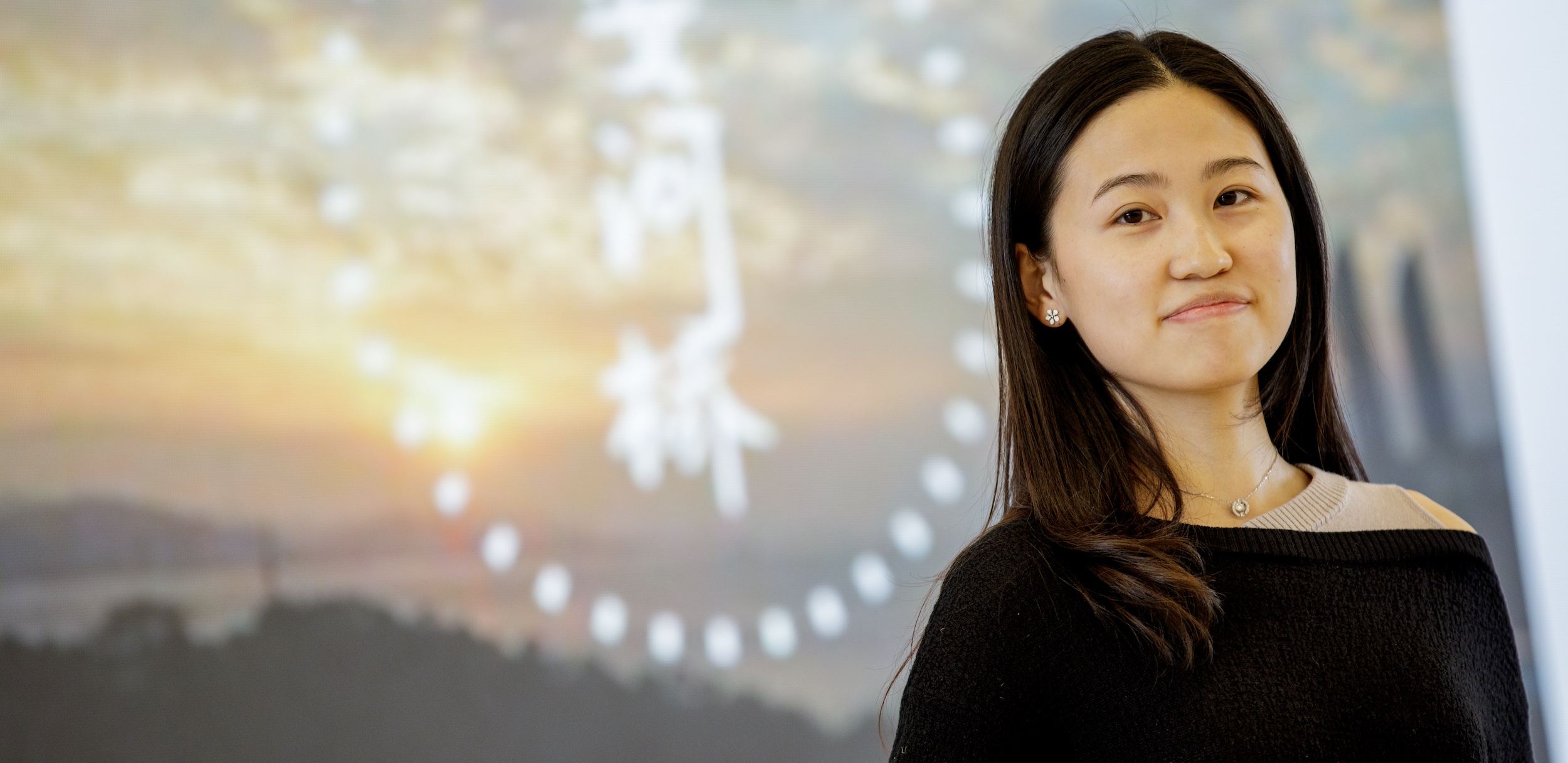
OSU set to celebrate 20th annual Harvest Moon Festival
Tuesday, September 28, 2021
Media Contact: Mack Burke | Editorial Coordinator | 405-744-5540 | mack.burke_iv@okstate.edu
Oklahoma State University will host a milestone 20th anniversary celebration of the Harvest Moon Festival from 5 to 7:30 p.m. Oct. 9 just north of the library on the International Mall.
Oklahoma State University’s Asian American Student Association and Vietnamese American Student Association will host the event, which celebrates one of the oldest and the most important traditional festivals in Asia.
“The Harvest Moon Festival dates back thousands of years and is most similar to Thanksgiving,” said Joyce Crawford, coordinator of Asian American affairs. “It is about harvest, families, children and moon viewing, as represented by the night of a full moon during the fall season. This holiday is traditionally celebrated on the 15th day of the eighth month according to the lunar calendar. It is celebrated in different Asian countries and communities. Some of these include China, Japan, Korea, Singapore and Malaysia as well as New York and San Francisco, where larger Asian populations reside.”
Attendees will get to experience games, performances and food from a variety of Asian cultures. The event is free and open to the public. Food is first-come, first-served. In the event of rain, the festival will relocate to the International Exhibit Hall at Wes Watkins Center.
Crawford said the festival bears different names in Asia — the Tsukimi in Japan, Mid-Autumn Festival in mainland China, Singapore and Taiwan, Chuseok in Korea and Tết Trung Thu in Vietnam. Across cultures, families enjoy being together. There are lanterns, games, and of course, traditional food, such as mooncakes in Chinese traditions.
In Vietnam, it is traditionally a children’s day that allows parents to spend more time with their children after the autumn harvest. Traditional lanterns in Vietnam resemble carp fish. In Korea, it is a three-day holiday where people wear traditional outfits called hanboks to visit temples and their ancestors’ tombs.
In Japan, Tsukimi, the Moon-Viewing Festival, is celebrated with traditional food called dangos. Dangos are Japanese dumplings, made from rice flour mixed with uruchi rice flour and glutinous rice flour and served on a skewer.
Crawford said the festival’s impact goes beyond food and games. Student leaders and volunteers engage in meaningful diversity and inclusion work in the months leading up to the festival, which takes into consideration the diversity of cultures represented in the food and activities, she said. Student leaders also engage with community partners and sponsors for the event.
“The Harvest Moon Festival not only means a lot to the plethora of international Asian students who get to experience a slice of home through the event, but also the local Asian American community,” Crawford said.
